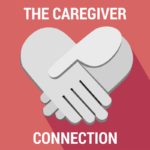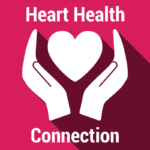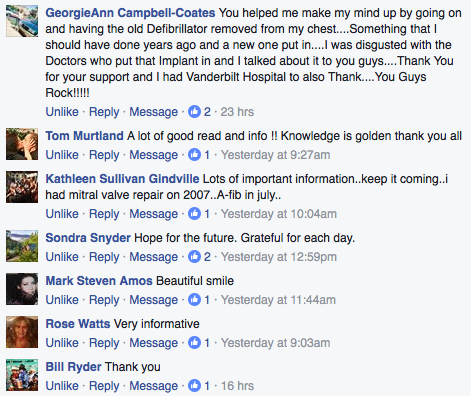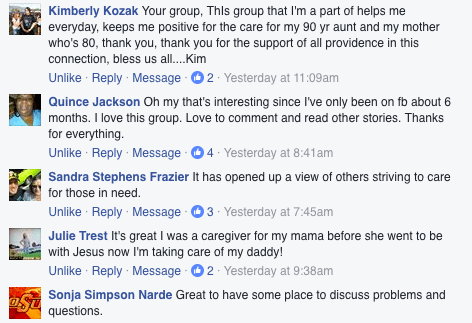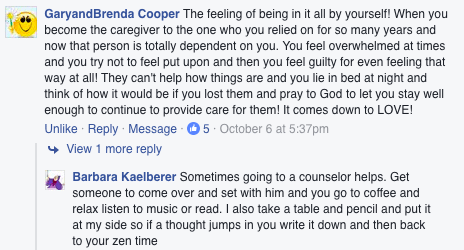Build and they will come. It may have worked in Field of Dreams, but we all know that’s not true when it comes to patient communities. It’s complicated to create and curate disease communities in a compliant manner in the healthcare industry. On any given day the team at my company is overseeing a portfolio of Facebook communities across a variety of therapeutic categories. The variety is broad ranging from childhood development disorders, vision disorders, diabetes, rare diseases, heart disease, joint health, and more.
We call these communities “Connections”—aggregations points where patients, their caregivers, families, and friends can come together and openly learn, share, and participate in helping each other with their specific challenges or solutions. Generally speaking we grow these communities by about 12,000 to 15,000 new fans per month. Of course, in rarer disease that rate is lower but the accrual rate is proportionately rapid. However, this post is not about the size of these communities but what actually happens within them.
As many of these communities are purpose built for clients and therefore subject to some client confidentiality restrictions, I’m going to focus on two communities that we own that were launched on July 5th of this year. We decided to build The Caregiver Connection and the Heart Health Connection. We chose caregivers because they are right there at the point of care and, in our opinion, somewhat neglected as a focus by the industry. As the population grows older and lives longer, the caregiver community in general will grow in its influence over healthcare choices. We chose heart health because despite the many heart disease-focused assets in the industry none have really brought these patients together to cross share and support each other in this format and heart disease remains a huge health problem for the population.
In just four months each of these communities surpassed 55,000 fans each, generating thousands of engagements per month. An engagement is defined as an interaction on the Facebook community page, meaning reactions (likes, etc.), sharing of content, and commenting to posts.
The most common question I encounter about any of our patient connections is:
“What do all these people talk about and how do you keep them engaged?”
The answer is they talk a lot! Using our proprietary intelligence platform we determine the most vibrant themes people search for and discuss across the web. We uncover specific insights and contexts that we publish about these topics to both attract the right people to grow the community and to engage them.
We recently posted a survey to the fans of both The Caregiver Connection and Heart Health Connection asking what resources they would like and how best to receive them. We gave the post a small boost to get some reach (standard practice these days on Facebook) and asked the community to help us get to 200 completed surveys. The conversion rate on the ads was over 47% (incredible) and we reached our goal within a few days. The survey also included an opt-in question and 68% of respondents opted in to receive more information and/or be contacted in the future.
Over the past few weeks we focused our Heart Health Connection on heart surgery for a range of issues. When we hit our four-month anniversary on Nov. 5th we asked the Heart Health Connection:
“How has our community impacted your life?”
There were a lot of comments and reactions, too many to regale you with, but the snapshot below shows a few of the responses.
The information we publish must be credible, useful, and authentic in order to build trust with the community. In many cases, the Heart Health Connection has become an extremely important resource for the members. By way of example, a few weeks ago we received a message from a member who was at the time in the ER. He reached out to the Heart Health Connection:
“I have chest pains in my upper area just above my breast! I have gone to the ER for it plus I get short of breath with the pain! The doctors say it’s not cardiac related. I am A Fib and have Heart Failure! I have had two heart attacks and I have a defibrillator placed in me. I wonder what the chest pains are from? They are tired of me being in the ER!”
This gentleman was unable to comprehend whether the medical response teams at the hospital were carrying out the right tests for him. We have a protocol and detailed response library for handling events like these. This example is one of many demonstrating how community members trust the community and provide a great deal of information because they are seeking help and support.
We have very similar engagement from The Caregiver Connection. Once again on the four-month anniversary we asked the members to share how the community has impacted them:
The community members come together to share tips and help each other deal with common problems. Many in this particular community are family caregivers to elderly parents and grandparents suffering a variety of dementias and Alzheimer’s disease. It’s a very, very hard job at times and the examples of mutual support are often extraordinary:
I’d also like to address the second most common question I get about building these communities:
“Isn’t social media just for younger people?”
Many people wrongly associate Facebook just with younger Millennials. By carefully targeting, we built these communities to purposely skew to the age group we wanted to target and engage—the elderly population.
Hopefully this article sheds some light on how community building can be safely and compliantly done and should be a key component of any DTC campaign. These connections are invaluable bridges to the target consumers and represent the kind of two-way interactions patient expect today. Build it right and they will come.


